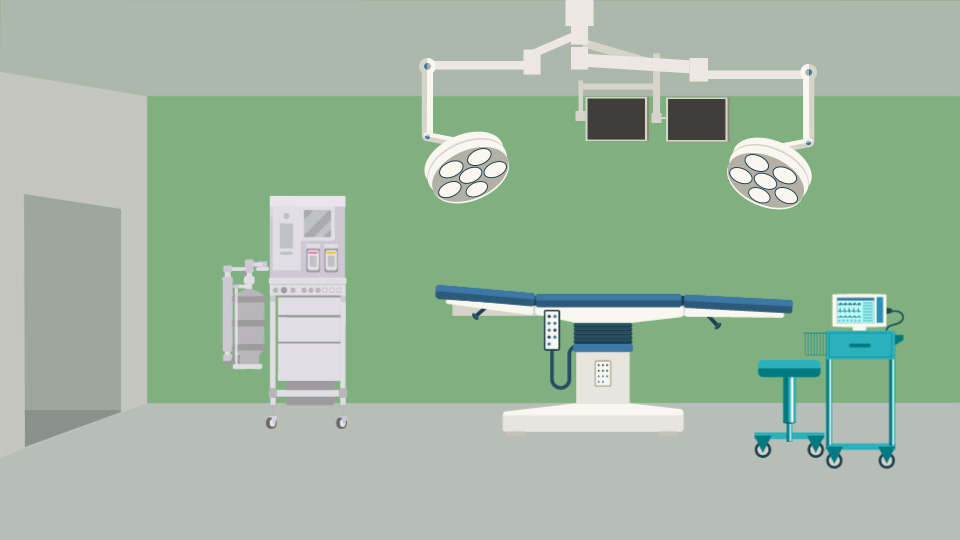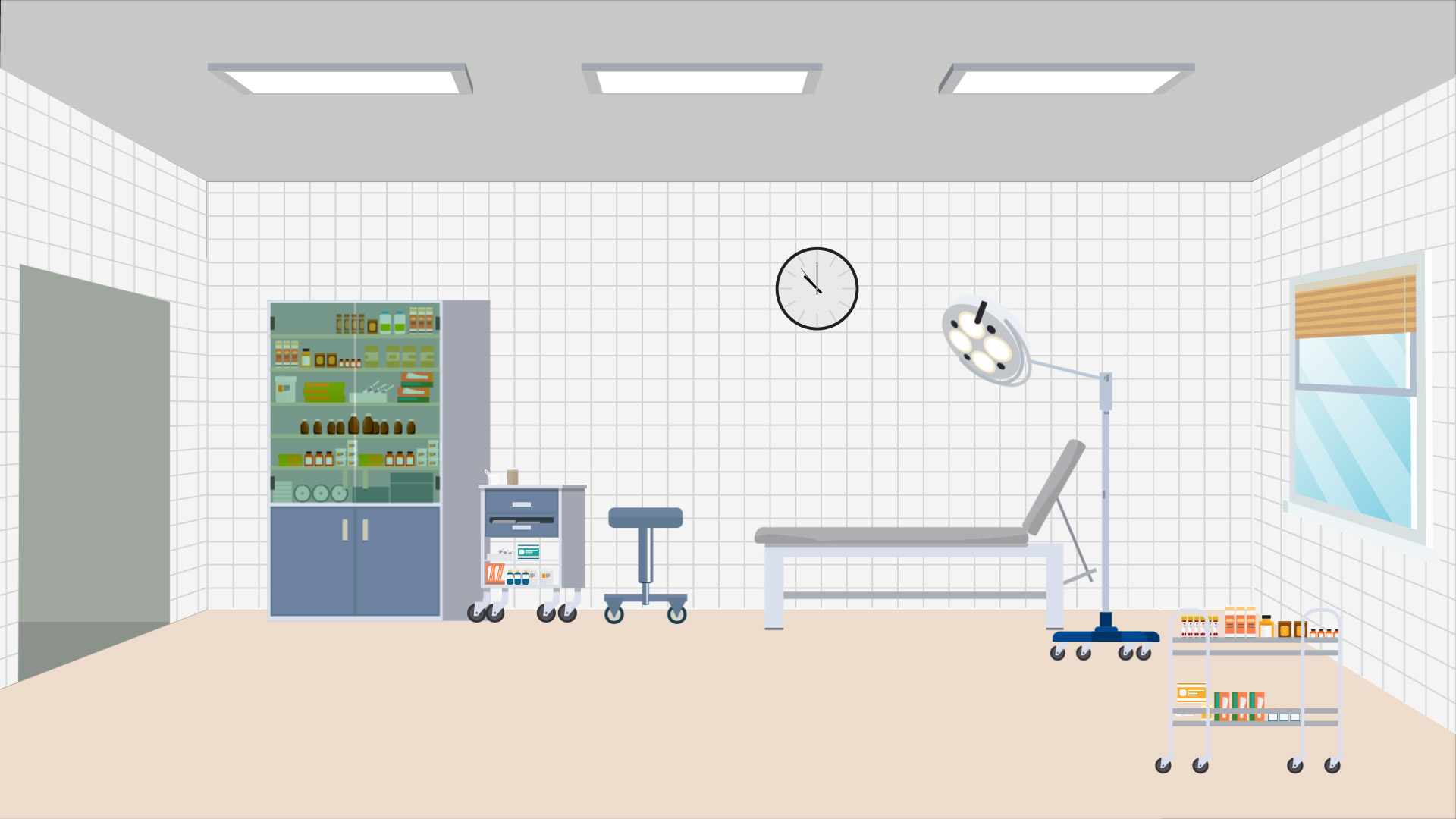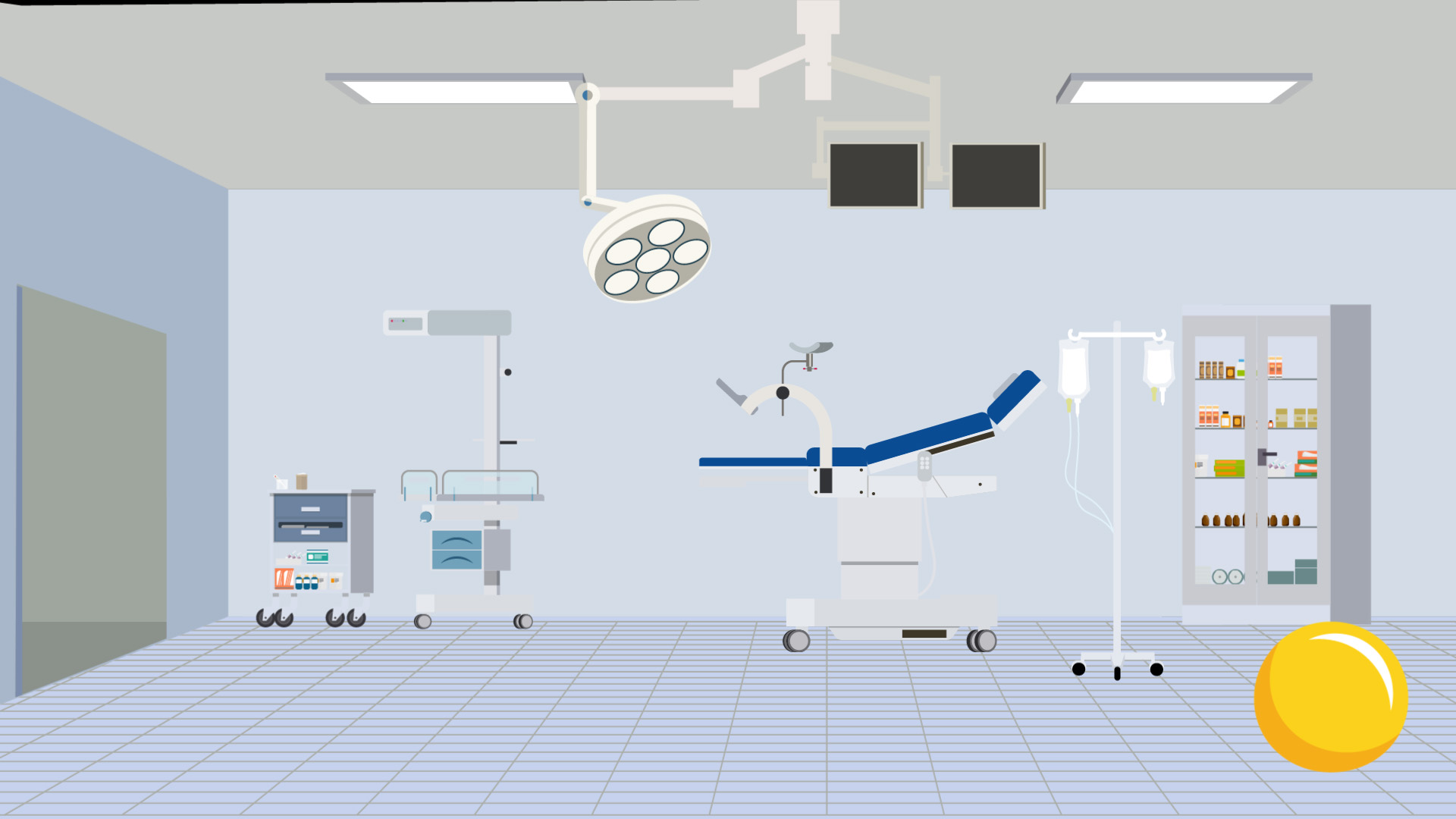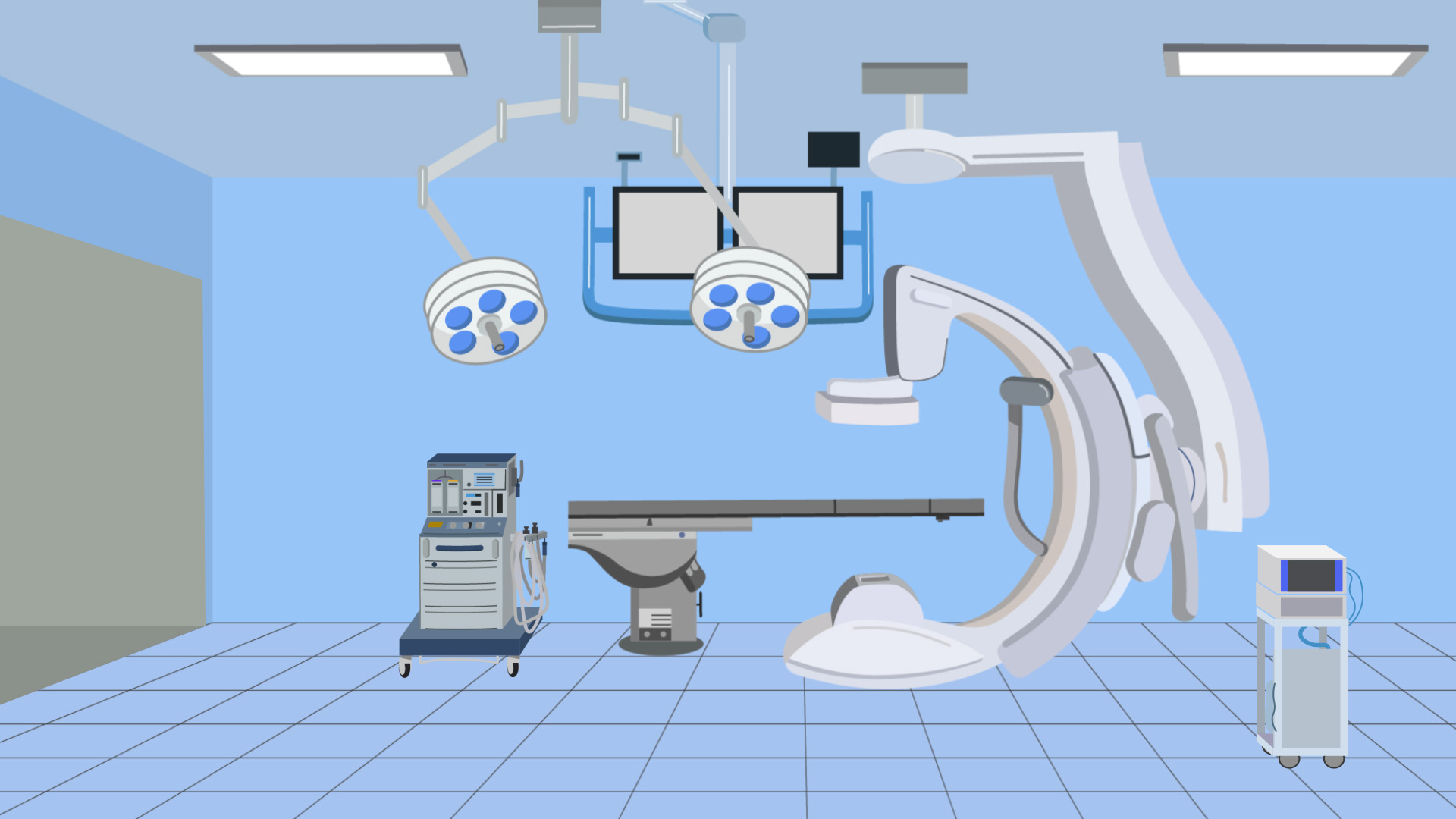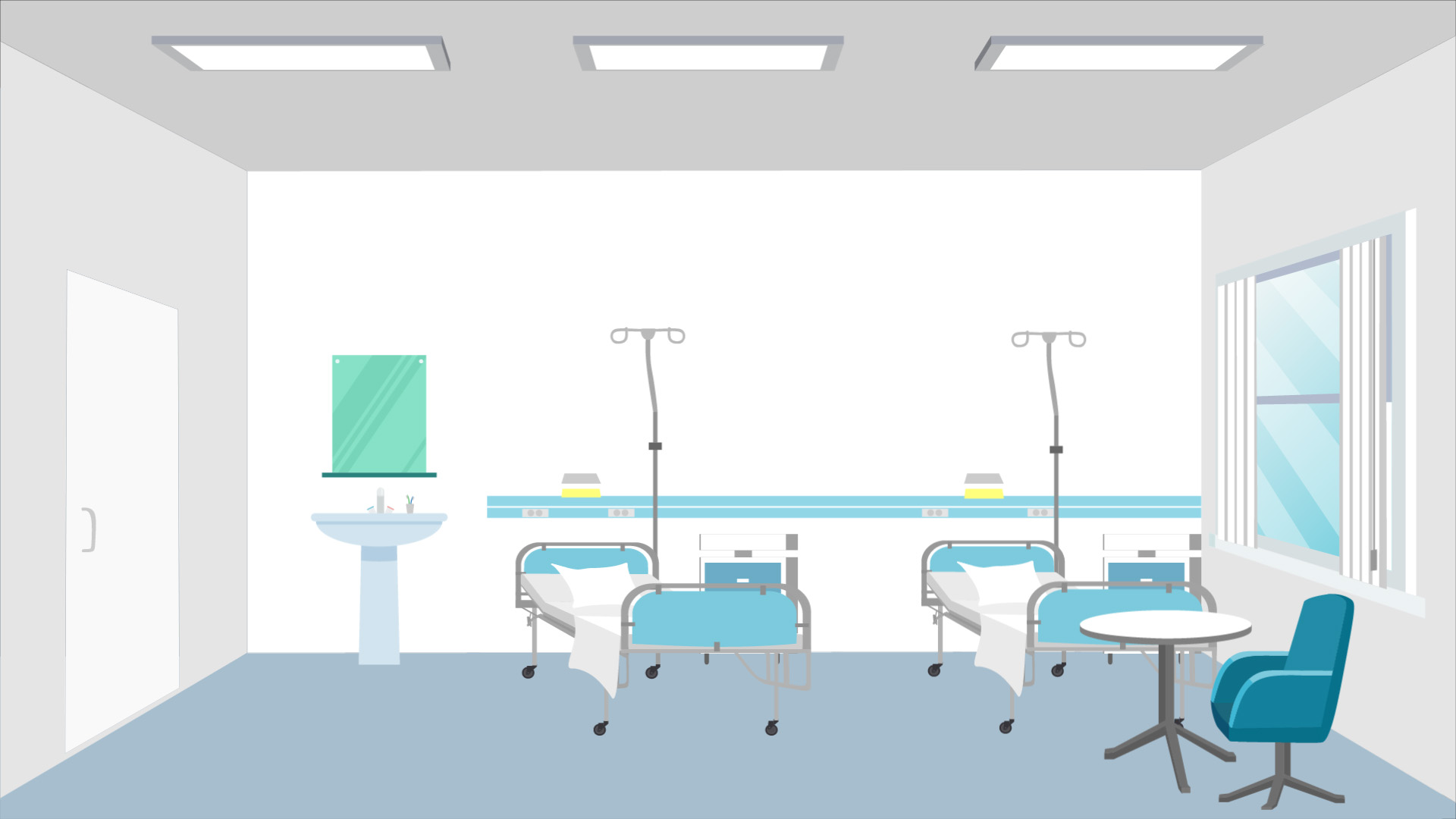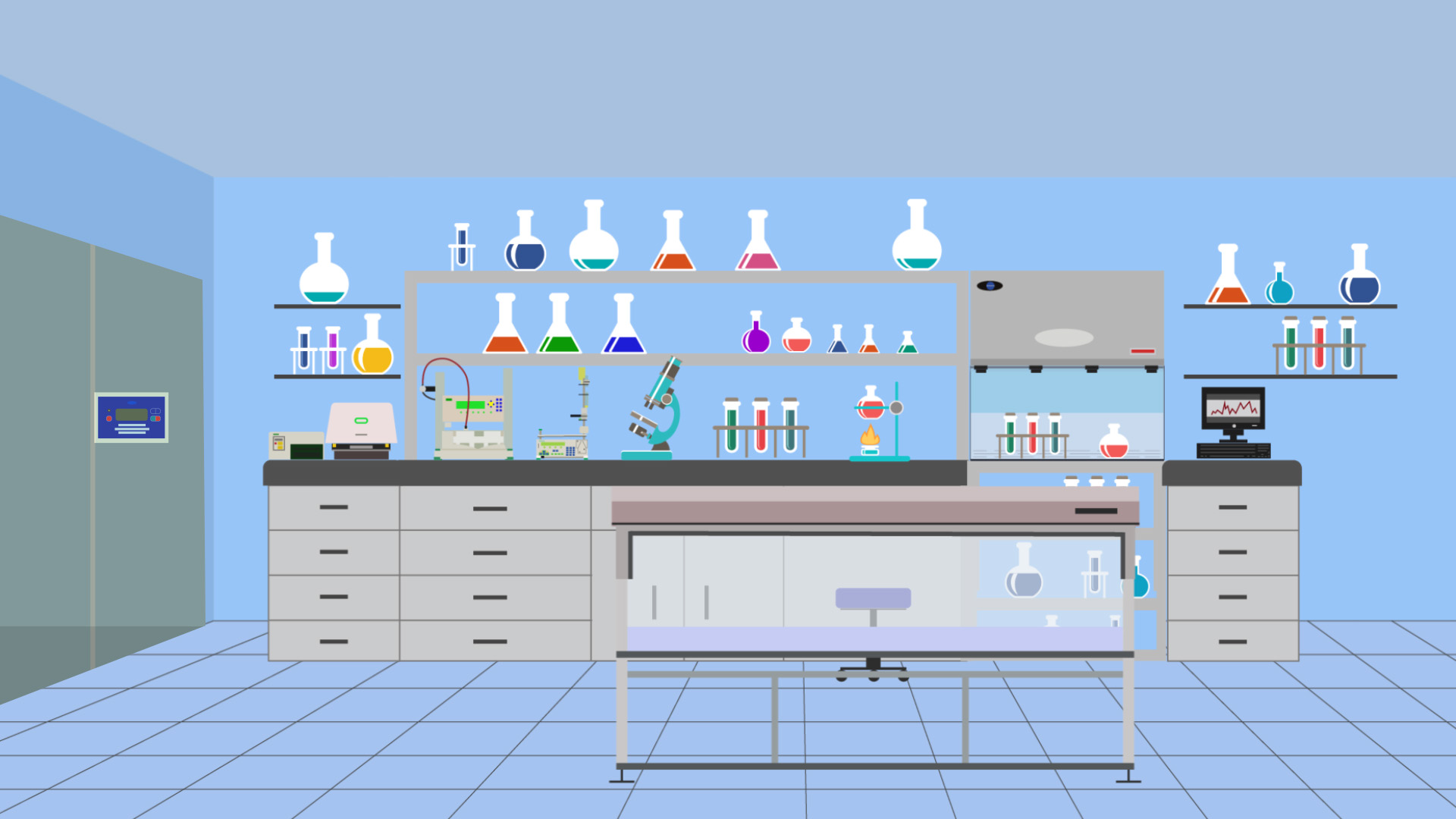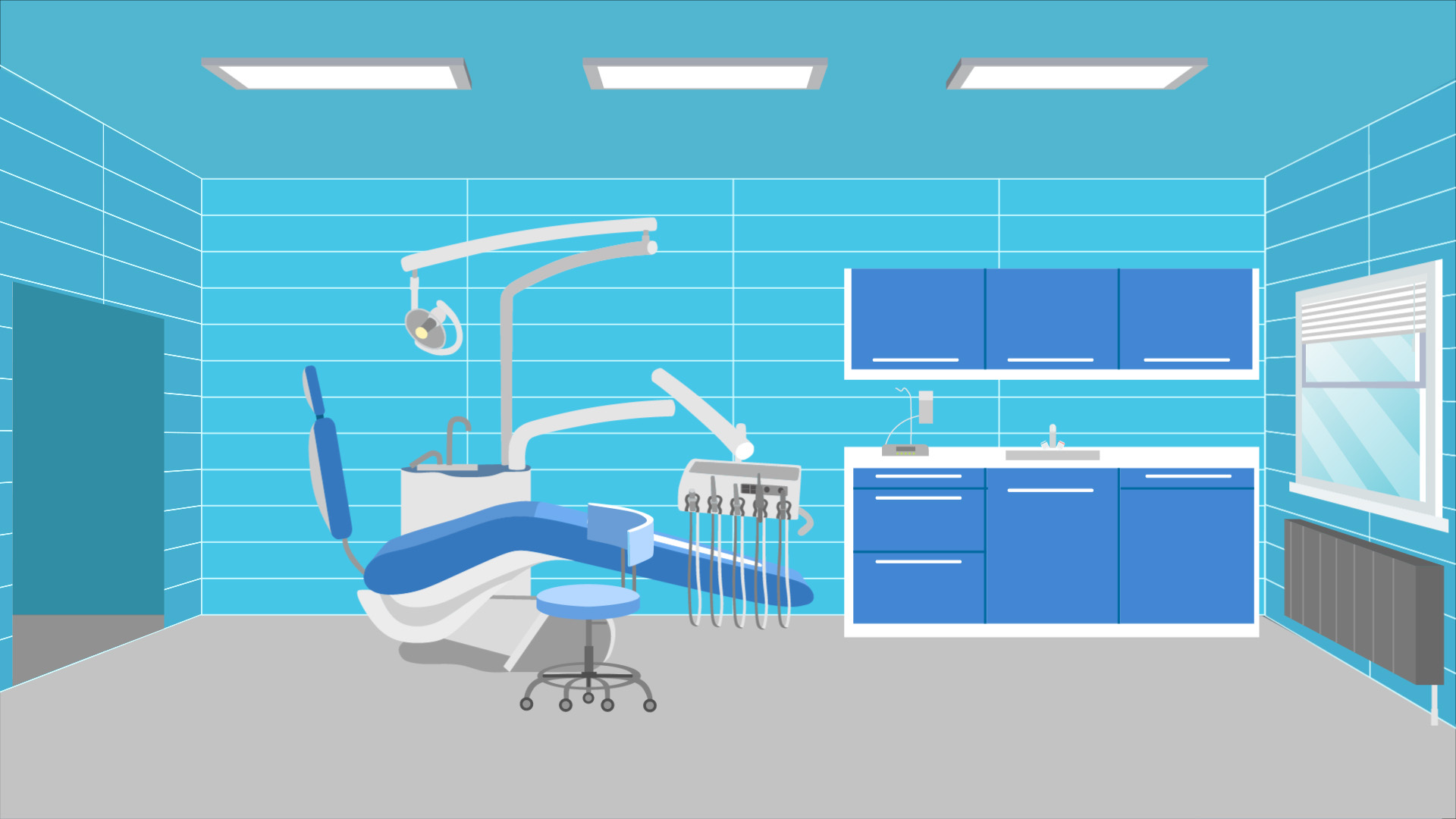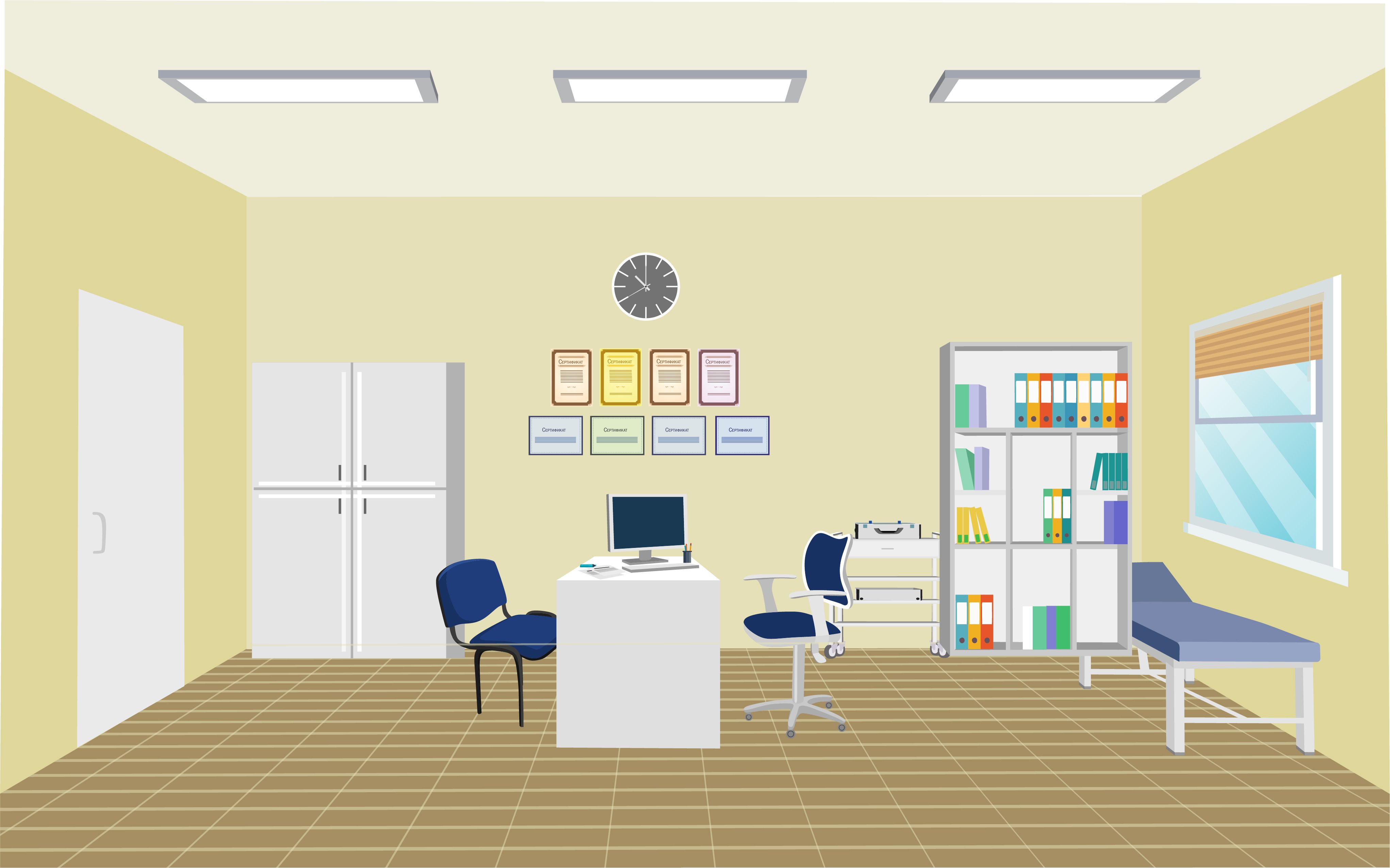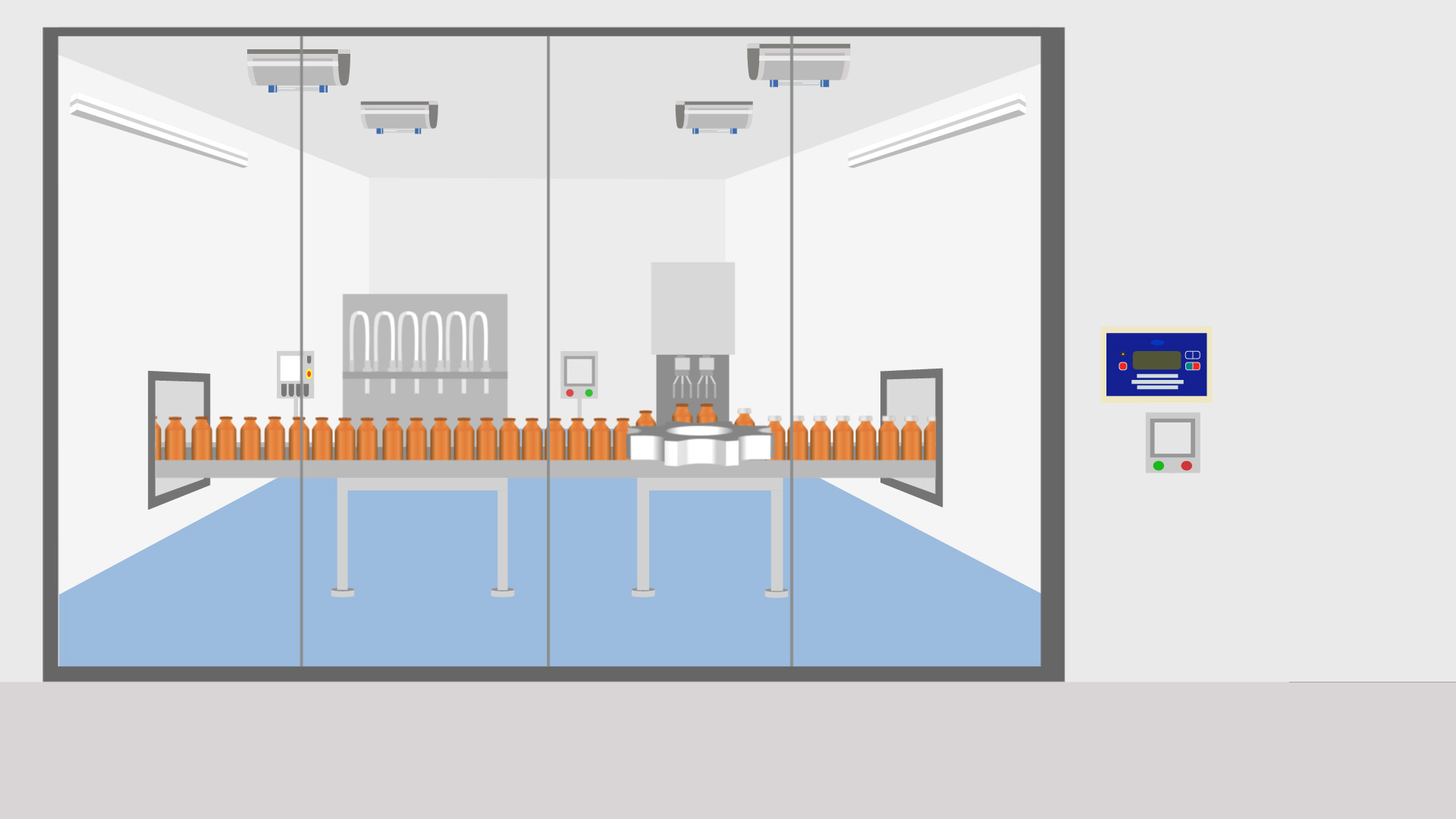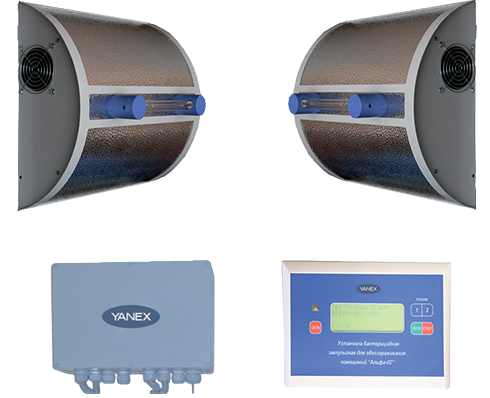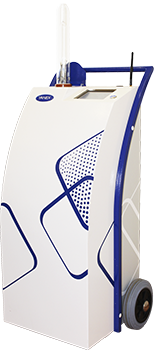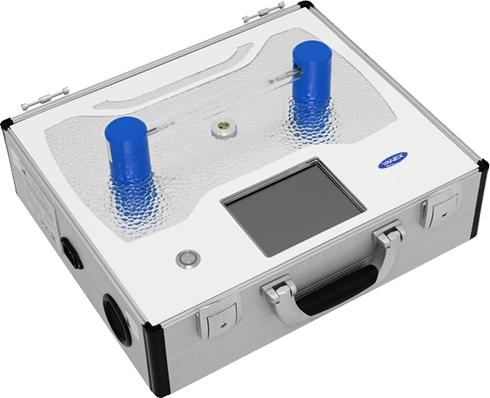Geriatric home
Elderly people (who have reached the age established by the respective country legislation) have the right to medical and social assistance at social welfare institutions or in commercial organizations. These provide medical and social assistance aimed at treating their existing diseases and maintaining their active lifestyle, as well as social protection in case of illness and inability to meet their basic life needs.
The specifics of infectious safety:
- A large number of elderly patients with weakened immunity, chronic diseases (including those of infectious origin);
- High risk of cross-infection between patients, patients and medical personnel when providing routine and emergency care, simultaneous admission of large patients’ numbers (large-scale diseases and injuries, epidemic rise, etc.);
- Formation of a specific environment with the presence of bacterial strains with a longer survival time, increased virulence and resistance to antimicrobial therapy and chemical disinfectants;
- A higher infection risk in case of sanitary and epidemiological requirements violation, asepsis and antiseptics rules violation, sanitary and hygienic conditions of the patients’ stay in case of emergency situations and technical accidents.
The specifics of disinfection measures:
- Necessity for multiple disinfection measures in patient rooms, medical units’ rooms, kitchen areas, sanitary rooms with at least 99.9 % efficiency especially upon admission, detection of infectious patients, a patient’s discharge or death;
- Special operating modes against highly resistant microorganisms and viruses (bacterial spores, mycobacterium tuberculosis, fungi, coronavirus, adenovirus, hepatitis viruses), especially when the surfaces are contaminated with biological material (blood, sputum, urine);
- Special operating modes for multi-resistant hospital strains inactivation, resistant to antimicrobial therapy and disinfectants (MRSA, VRE, P. aeruginosa, Proteus, C. difficile, Klebsiella, highly resistant and especially dangerous viruses, etc.);
- Minimum time for disinfection when detecting infectious or viral diseases in patients and working personnel;
- Insufficient provision of disinfection equipment in stationary emergency departments in accordance with international standards;
- Lack of official regulations on ambulances’ periodic disinfection, especially in the case of revealing patients with tuberculosis and infectious diseases.
Pulsed ultraviolet units allow geriatric homes to successfully cope with a whole number of problems:
- Are highly efficient against a wide range of microorganisms and viruses, including SARS-COV-2, minimal time of air and surfaces disinfection within hospital environment, mobility, environmental friendliness and safety;
- Air and surfaces disinfection in rooms of any profile with 99.99 % or higher efficiency within shortest time;
- Possibility of fast simultaneous air and surfaces disinfection in rooms without disrupting their work schedule;
- Ensuring microbiological cleanliness of premises by inactivating such microorganisms that are highly resistant to traditional disinfectants, i.e. highly resistant bacteria, their spore forms, mold and yeast fungi, highly resistant viruses;
- Individual and collective protection of patients and working staff from bacteria and viruses;
SIE "Melitta" offers reliable equipment for guaranteed and high-quality disinfection in geriatric homes of various profiles. Regular use in between operations, procedures and patient appointments is the only existing solution for treating high-traffic rooms, that requires minimal time and does not interfere with the work schedule.
Use of pulsed ultraviolet units as part of disinfection measures complex in geriatric homes allows for:
- Significantly increasing their efficiency due to simultaneous reduction of air and surfaces contamination levels with infectious pathogens and viral diseases;
- Ensuring infectious safety of patients and working personnel.
We are convinced that pulsed ultraviolet units used in various areas, including healthcare facilities, not only during the COVID-19 pandemic and seasonal outbreaks of other viral diseases, but also in "peacetime" are not a luxury, but a necessity that is here to stay.
Informational materials
Most significant projects
Select the unit
* - Fields with an asterisk are required.









